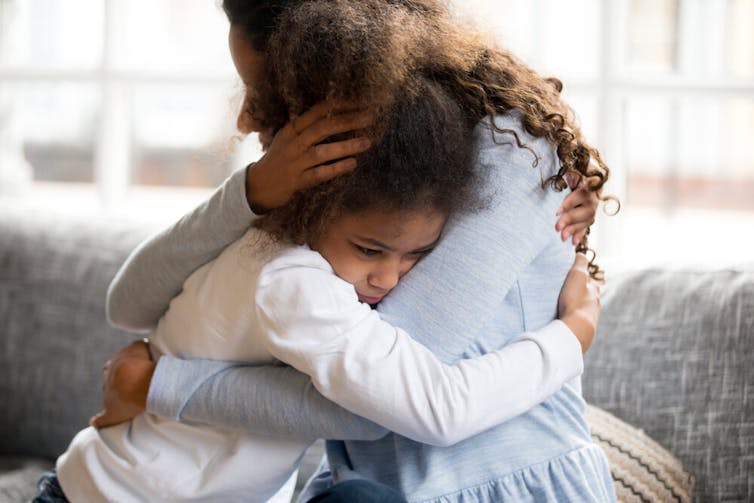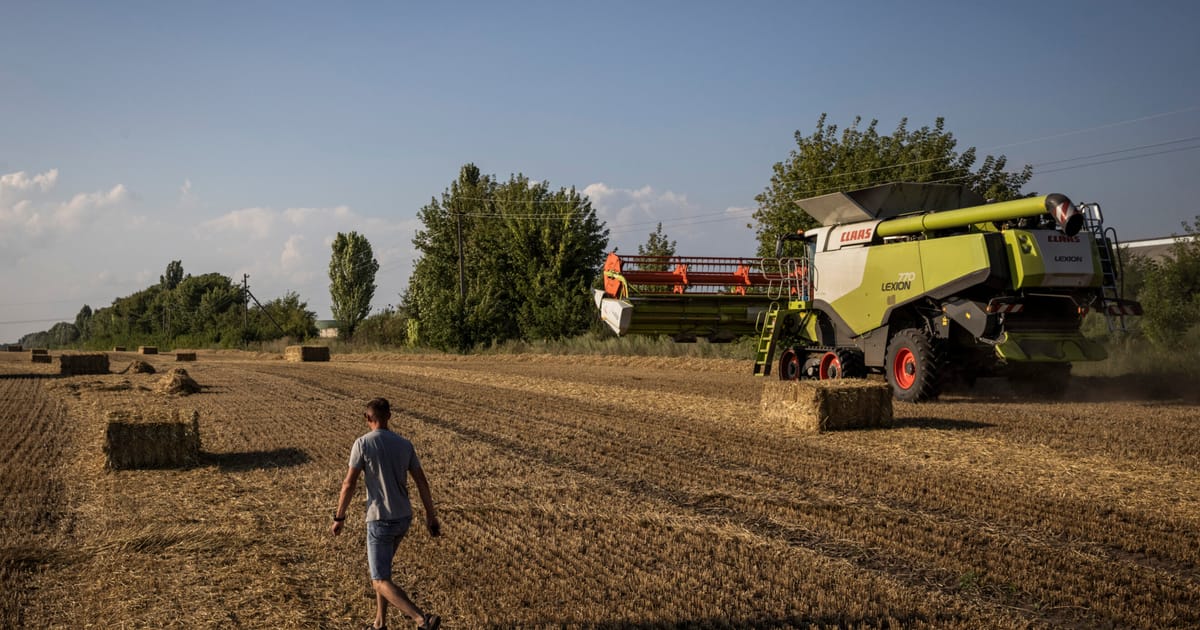Over the last decade in many European countries, legislators, magistrates, government ministers, law enforcement agencies, lawyers and service providers have recognised that prevailing approaches to domestic violence were failing and have adopted the new model of “coercive control” to reframe domestic violence as a crime against rights and resources rather than as an assault.
Criminalising coercive control
In 2021, the European Court of Human Rights instructed authorities to “promptly” revise the legal definition of domestic violence so that it covers “manifestations of controlling and coercive behaviour”.
Drawing on interviews with several hundred French professionals, victims, service providers and academics, the Chandler-Vérien French parliamentary mission on domestic violence tasked by Prime Minister Borne with improving the judicial treatment of domestic violence stressed the urgency of translating coercive control into law and called on coercive control to be at the core of future information campaigns and professional training.
The French Ministers for Equality between Women and Men Bérangère Couillard and Isabelle Rome, an experienced magistrate, have stated their will to move forward with this approach to domestic violence. In a groundbreaking criminal hearing at the Poitiers Court of Appeal held in November 2023, First President Gwenola Joly-Coz and Attorney General Eric Corbaux used the framework of coercive control in all the domestic violence cases. The court’s decisions are expected in January 2024.
We believe that enacting a coercive control offence in France would be a significant advance in the equality agenda. Criminalising such behaviour would help protect 213,000 women, 82% of whom are mothers, and their 398,310 children, who are also victims of domestic violence, and so prevent the deaths of hundreds of partners, ex-partners and children every year.
Frame Stock Footage/Shutterstock
Coercive control: a “liberty crime”
Coercive control has been referred to as a “liberty crime” because of the experience of entrapment it produces, analogous to being held hostage. The rights infringed upon include autonomy, dignity and self-determination, even more so when victims have a disability. Unless the perpetrators’ range of actions are framed as a single malevolent course of conduct and stopped, this pattern of abuse and exploitation may continue for years, undetected.
The French and international situation described by one of us in the 2023 book Coercive Control: At the Heart of Domestic Violence (Le Contrôle coercitif au cœur de la violence conjugale) reflects three bodies of evidence :
current domestic-violence laws have failed to hold perpetrators accountable and to protect victims, mainly women and children;
the lack of social control and legal sanctions encourages aggravation and recidivism, creating a revolving door in French courts and prisons;
victims confront situations that more closely resemble captivity than an assault.
A system of impunity
The French state’s High Council for Equality has found that the conviction rate for perpetrators of domestic violence amounted to a “true system of impunity”. The gap between the current criminalisation of domestic violence and its reality as experienced by victims can erode trust in the justice system.
The conviction rate of perpetrators and the number of domestic homicides in France reflect the perpetrators’ lack of accountability. In 2022, 118 women, 29 men and 12 children were killed. In 2021, 121 feminicides were officially recorded, a situation that is even more alarming if we add the 684 women who attempted suicide or committed suicide as a result of “domestic harassment”. This failure, which takes place despite the efforts made, highlights the link between the ineffectiveness of the current understanding and criminalisation of domestic violence and its focus on acts that are poor markers of its most dangerous forms.
The situation in France is not unique. In 2016, when the Home Secretary discovered that England was spending more on policing domestic violence than on National Defense, but that neither domestic homicides nor reports of partner violence to police had declined, she called for an entirely new approach and adopted “coercive control” to replace all 14 definitions of domestic violence in use by health and social services in Britain. Similarly, in 2018 the Scottish parliament unanimously adopted Domestic Abuse Act, a crime built around elements of coercive control that carried a maximum 14-year prison sentence, the same as murder.
Surveillance, isolation, intimidation, control, personalised credible threats
Since one of us published Coercive Control: How Men Entrap Women in Personal Life in 2007, in 2007, more than 1,000 monographs and countless survivor testimonials support the view that coercive control should be the primary focus of state intervention in abuse cases, not domestic violence, including the arrest and prosecution of perpetrators, protection, support and empowerment services for victims and protections for children.
The book presents evidence that 75% of the domestic violence incidents that currently lead to arrest are repeated assaults committed by a small proportion of offenders in the context of complimentary abusive behaviours, including sexual assaults, stalking, and other attempts to intimidate victims, and tactics to isolate and control them by taking their money, depriving them of resources and regulating their lives as well as those of their children.
In most cases, violence and/or sexual abuse is accompanied by intimidation, isolation, control tactics, and personalised credible threats. These begin in the house and can extend to every activity, including work, and involve children, other family members and unrelated others, including professionals, as spies, informants or co-victims.

iStock, CC BY
Because perpetrators aim to monopolise all the resources and privileges available in a relationship or family space, their adult partner is usually their primary target. But any person who is seen as obstructing this monopoly is likely to be targeted as a secondary victim, including children, grandparents, siblings, friends, neighbours, coworkers, as well as law and social services professionals. Scotland’s inclusion of “child abuse” as one element of the crime of coercive control highlights how easy it is for police, courts and child protection professionals to miss the frequency with children of all ages are “weaponised”, enlisted as confederates or made into “adjoined victims” by perpetrators who want to use them to hurt or control their mothers.
The effects of these tactics on the adult victims and their children range from paralysing fear, psychological dependence, child and mother sabotage, court and perpetrator-induced trauma, and impoverishment to “the death from a thousand cuts”, suicidality and fatality.
What about the children?
Coercive control of women by men is the most important cause of violence against children and child homicide outside war zones. This often occurs after a separation, in the context of legal proceedings relating to the child’s custody and parental rights or during visiting rights. The aggressor can feel that the only way to punish his partner is to sabotage her relationship with the children or injure or kill them, as we tragically experienced in France this year with the homicide of little Chloé, aged 5, by her father whose mother had filed for divorce and against whom she had obtained a protection order.
The child is an adjoined victim in these cases, where the risk can only be deciphered in terms of the coercive control over the mother. The importance of extending protection to children in a law on coercive control was highlighted by a French contribution to a UN report on violence against women and girls, judges’ request to include coercive control in French family law, and recent family law jurisprudence.




